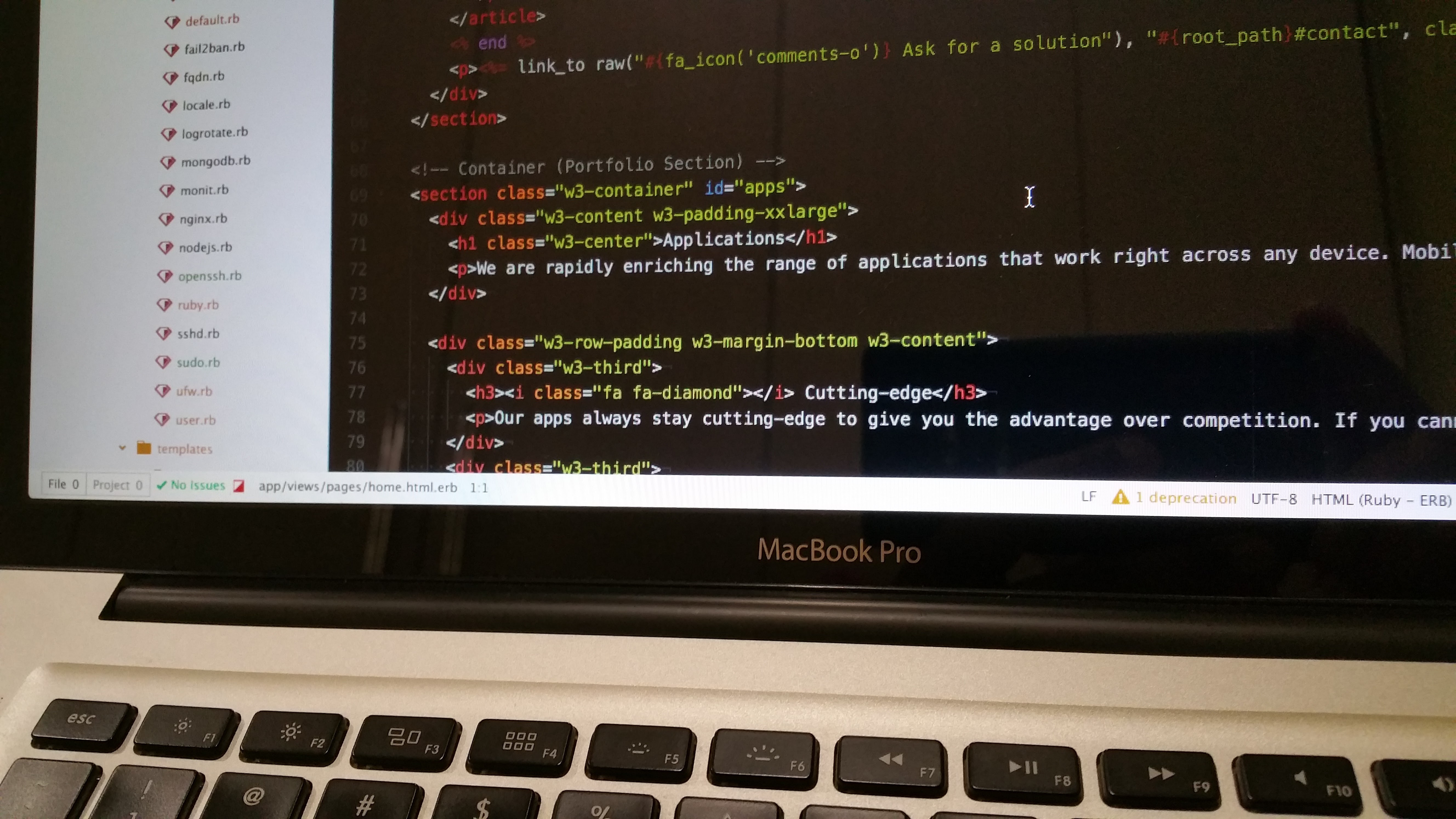Transparency is extremely important to us, so we are letting you know that we may receive a commission on some of links you click on from this page. See our disclaimer.
 Can healthcare analytic tools help employers leverage their own medical claims data and make conclusions around costs and plans to drive improved health outcomes?
Can healthcare analytic tools help employers leverage their own medical claims data and make conclusions around costs and plans to drive improved health outcomes?
At the recent, Human Resource Executive Health & Benefits Leadership Conference, Ronald S. Leopold, National Practice Leader of Health Outcomes, Willis Towers Watson, discussed the topic. The presentation was titled “Doing the Math: Data-Driven Health Outcome Strategies for Employers.” The questions:
“As employer plan sponsors take on greater ownership of their medical-cost exposure, the need to harness healthcare claims data has never been stronger. With a projected increase in medical and pharmacy costs in 2016, the eventual arrival of the Cadillac Tax and the growing shift to self-funding, employers are asking for data-driven solutions to offset increases in coverage costs. New healthcare analytic tools are now allowing employers to leverage their own medical claims data sets and benchmark cost trends, utilization patterns, burden of disease and much more.”
The HRE Daily blog reported some of the learnings. One covered being prepared as, according to Leopold, “we see healthcare costs starting to trend slightly upward.”
HRE writes: “For employers, being ready for this uptick entails making efforts to lower employee health risks—implementing effective wellness programs and making plan-design changes that encourage employees to become more responsible for their healthcare, for example—and, in turn, lower healthcare costs.”
The piece adds: “Leopold urged attendees to ‘demand the story' beyond typical metrics such as average employee hospital stays and number of employees with a given disease or condition, for instance.”
Leopold is quoted: “Look at data and use algorithms—which you in HR may not have, but carriers will have, and some consultants will have, and data aggregators will have—to determine [your population’s] health risks… This is practicing predictive analytics. Then we can see what’s likely to happen in the future … and we’ll get better results.”




0 Comments